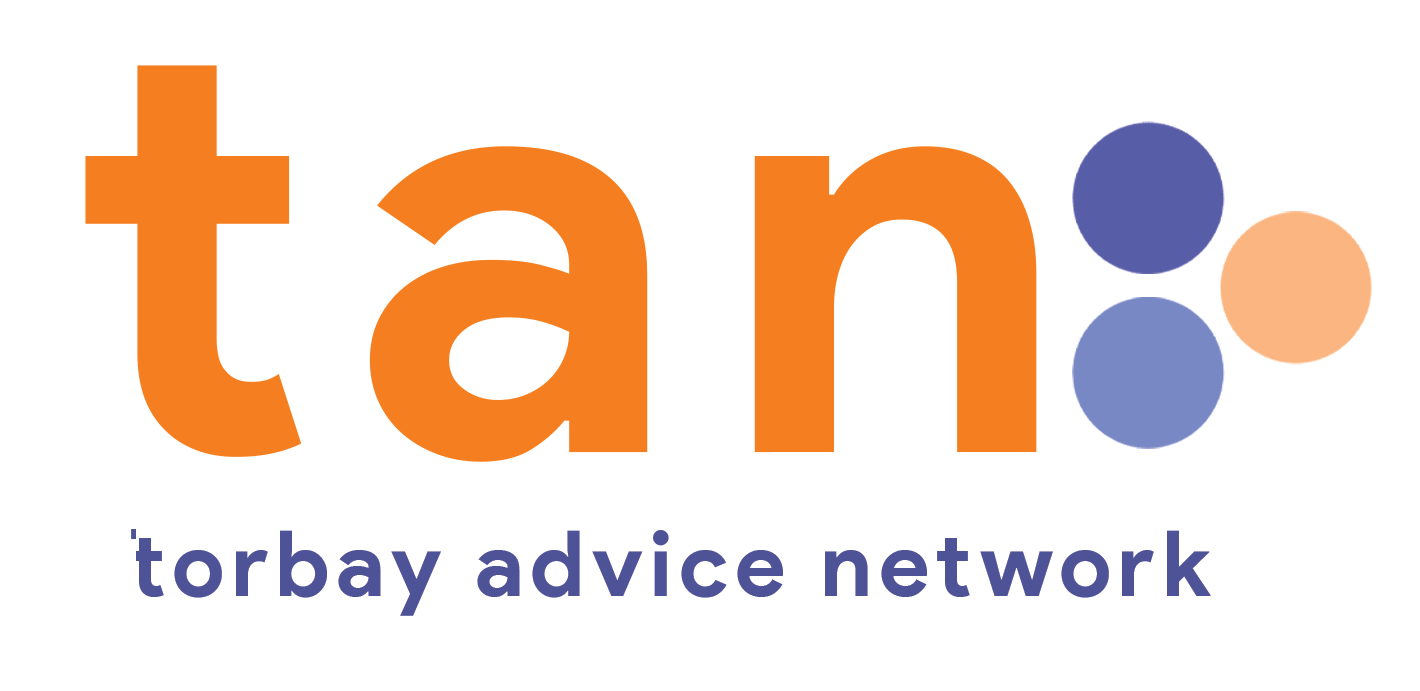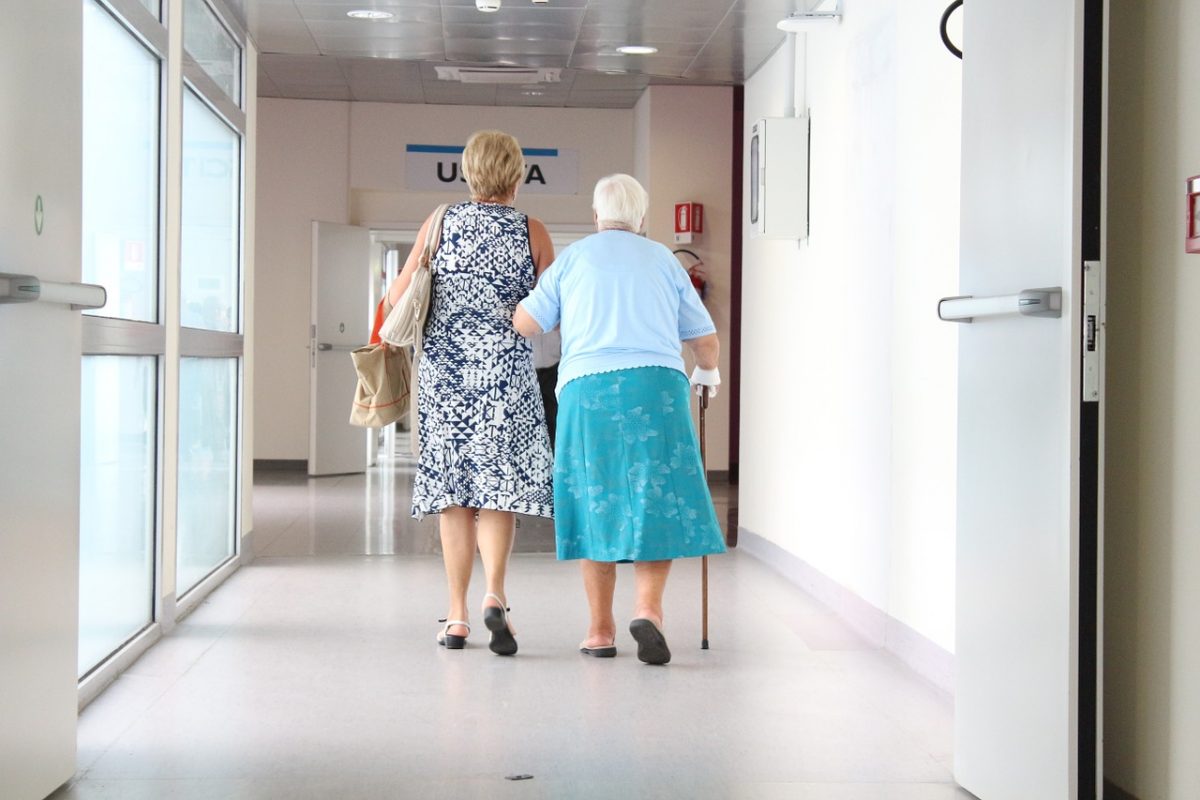The government is downplaying the true scale of planned cuts to social security, according to analysis from the New Economics Foundation (NEF), out today. NEF has calculated that planned overall savings of £6bn from the social security budget could actually result in support for ill and disabled people being slashed by between £7.5bn and £9bn a year by 2029 – 30.
Back to work schemes aim to develop your skills and experience, and help you find work. Your work coach will know what type of support each scheme includes and whether it could help you move from benefits to work.
A cancer diagnosis in a child or young person is a devastating and life-altering event. In an instant, children and young people with cancer and their families are faced with a whirlwind of hospital visits, medical treatment and intense caregiving. Their diagnosis takes a huge, damaging toll on their wellbeing and mental health. And for many, the unexpected financial costs hit hard and fast.
This report uses a newly available dataset – payroll data held by HM Revenue and Customs on over 250,000 working-age people covering April 2014 to March 2019 – to look […]
Loading unfunded costs on care providers ultimately leads to fewer people receiving social care support. That’s the key lesson in this year’s Social care 360 review, both for the government and the upcoming commission into adult social care to be led by Baroness Casey. With providers facing escalating costs this year, from an increase in the minimum wage and employers’ national insurance contributions, the review provides an urgent warning to government to avoid the same mistake again.
The Government is committed to releasing a child poverty strategy later this year. As part of this, Ministers will want to consider how best parental employment can help boost family incomes. But the mid-2020s present a different landscape for child poverty and parental employment from when the last Labour Government crafted its child poverty strategy. Since the mid-2000s, the employment rate of lone mothers has risen from 52 to 66 per cent, and the fraction of mothers living with a partner who are doing
paid work has risen from 69 to 77 per cent. This is good news. But many of the families in poverty and not in paid work today face significant barriers to work: half have a child aged under five; three-in-ten have three or more children; just under half have an adult with a disability or long-standing limiting health condition; and just under three-in-ten have a child with a disability.
This report provides findings from the evaluation of the Household Support Fund 4 (HSF4), conducted on behalf of the Department for Work and Pensions. The HSF4 was the fourth iteration of the HSF, which provided low income and vulnerable households with support towards the cost of essentials, such as food and energy.
This report sets out the nature of poverty in the UK in the run-up to 2024’s General Election. It also sets out the scale of action necessary for the Government to deliver the change it has promised.
Keep Britain Working is an independent review of the role of employers in health and disability.
The government spent billions on support to help households with their energy bills in 2022–23. Could a better-designed package have saved money?




